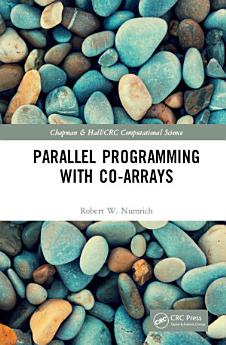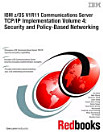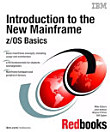Parallel Programming with Co-arrays
เกี่ยวกับ eBook เล่มนี้
เกี่ยวกับผู้แต่ง
Robert Numrich's professional career has been a study of computational methods for high-performance, scientific computing, starting with his PhD. thesis in theoretical chemistry at the University of Minnesota, continuing at Control Data Corporation designing vector algorithms for the Cyber-205, then at Cray Research developing performance models for the Cray-2 and Cray-3 computers. As a member of the core design team for the Cray-T3D and Cray-T3E, he developed the co-array parallel programming model. After Cray, he held a senior research position at the Minnesota Supercomputing Institute, where he continued work on parallel algorithms and developed performance models using the methods of dimensional analysis. He continued this work as Senior Scientist at the High-Performance Computing Center, City University of New York, and currently holds a position as Adjunct Professor of Computer Science at the CUNY Graduate Center. This book is a summary of the important ideas he has learned, developed, and used throughout his career.






